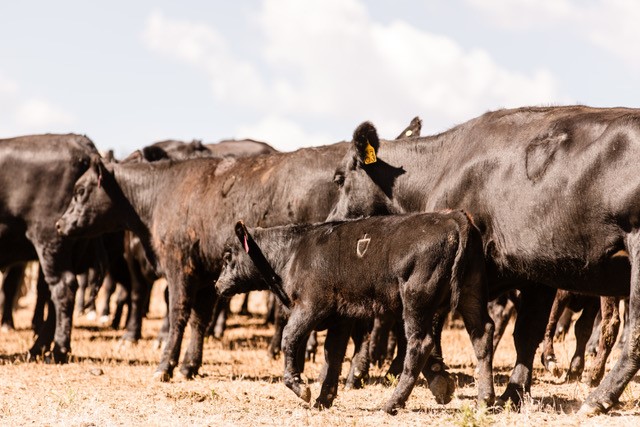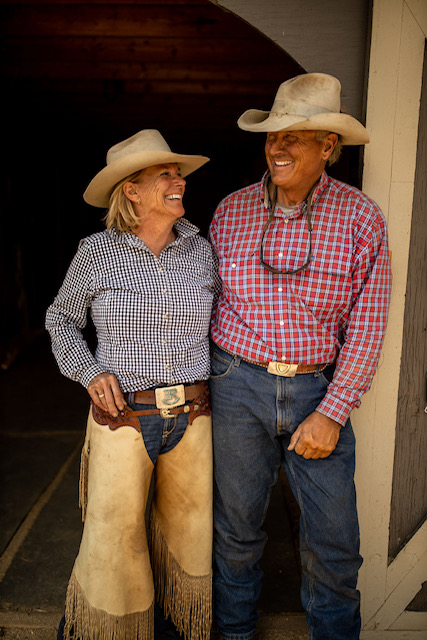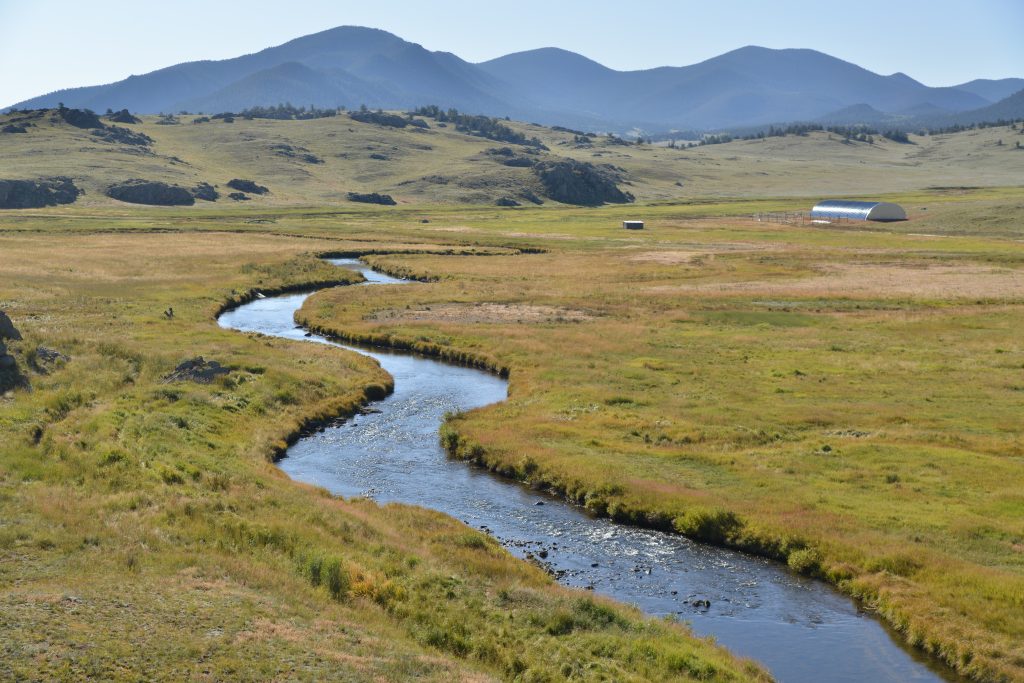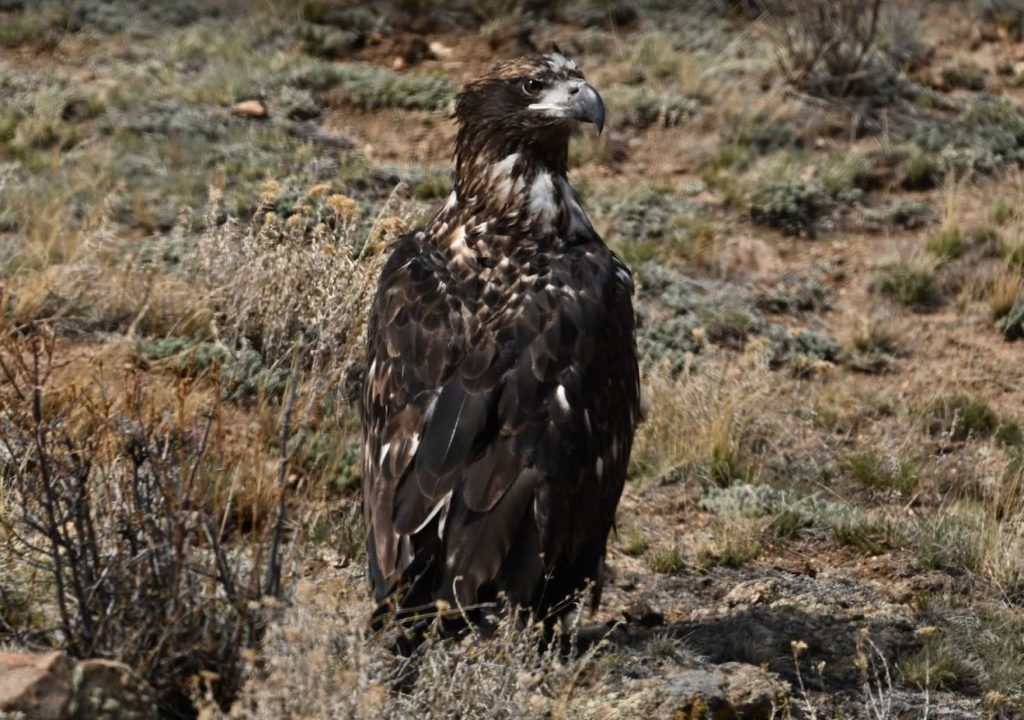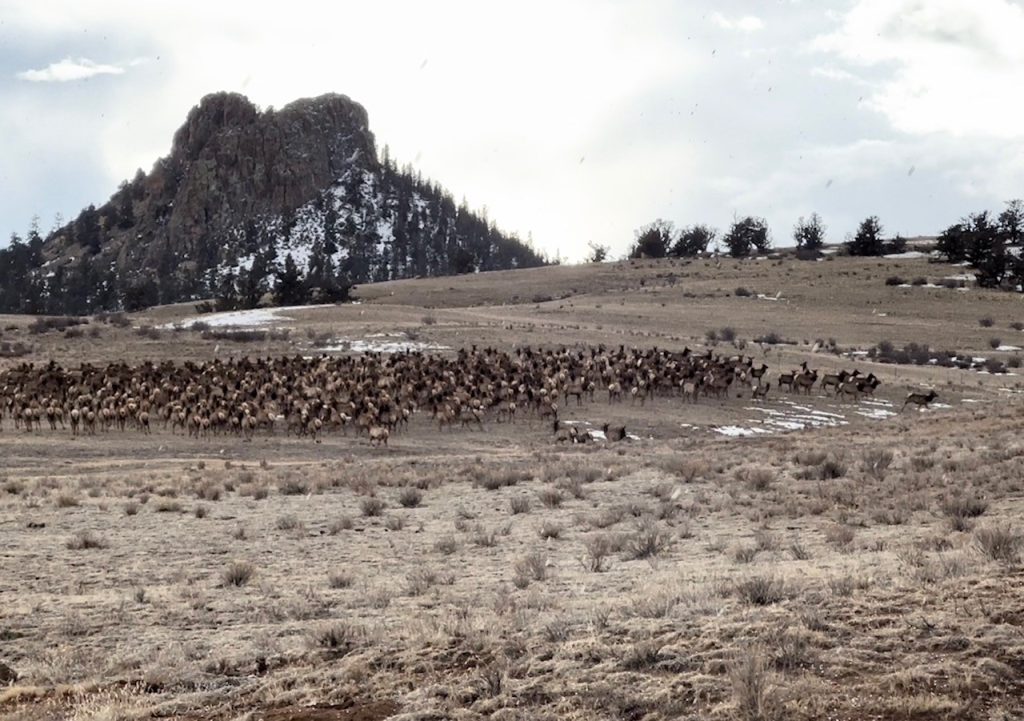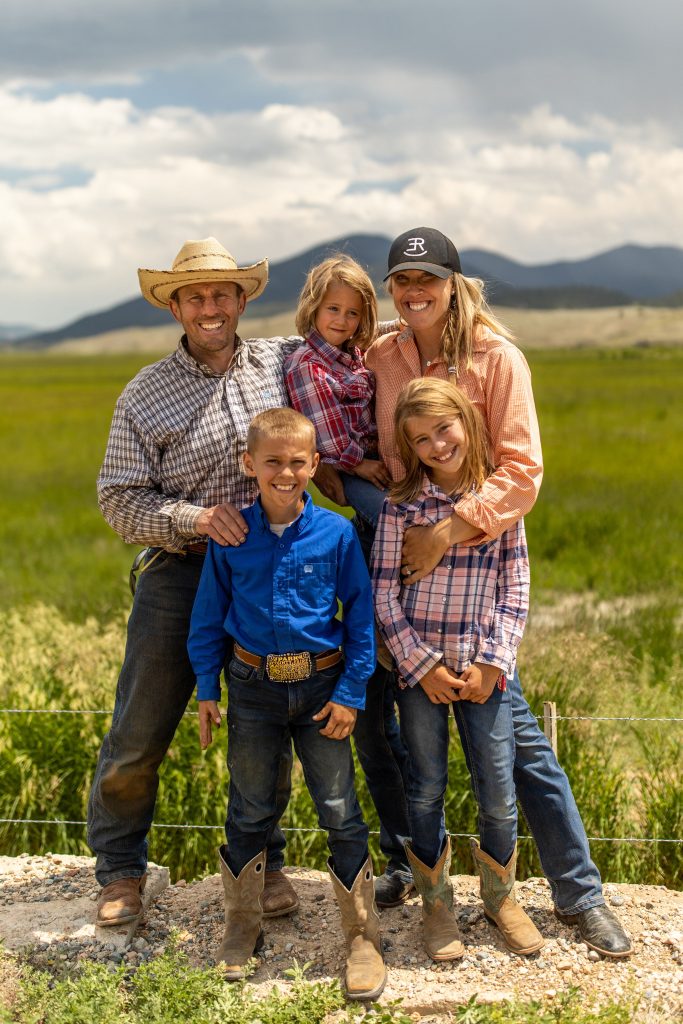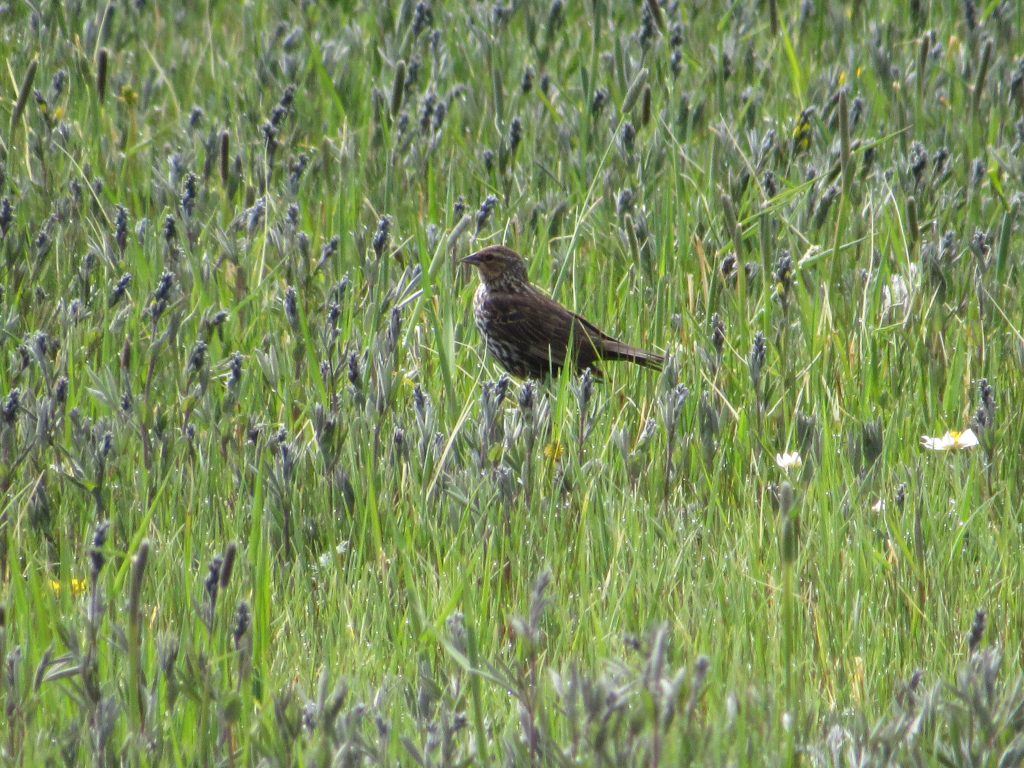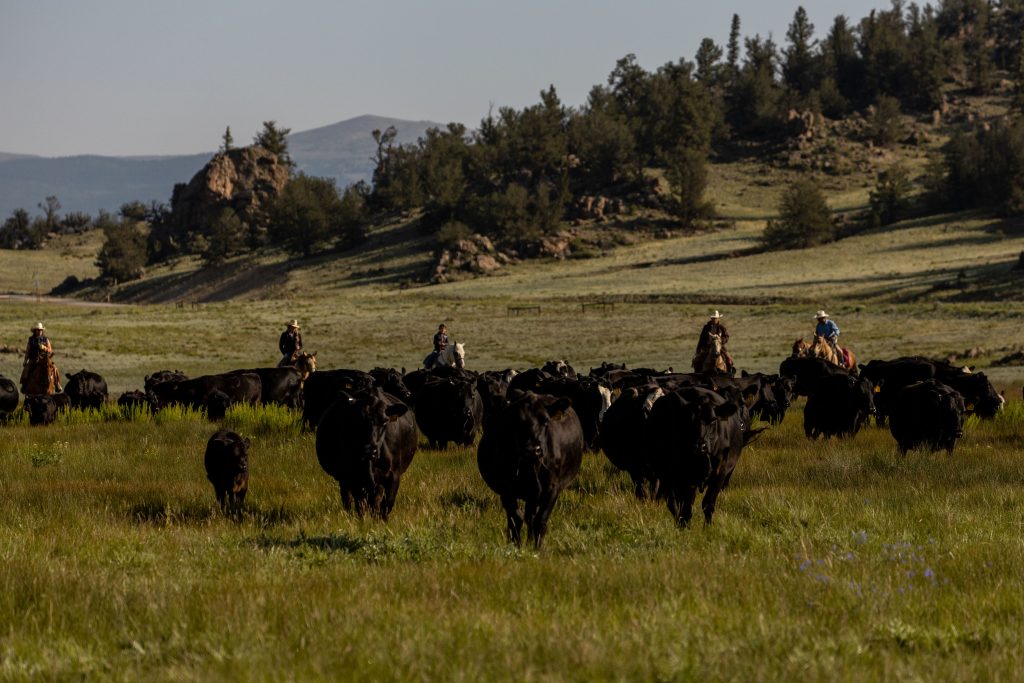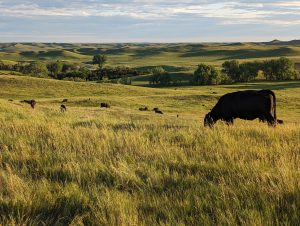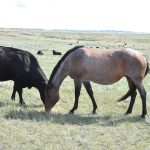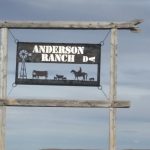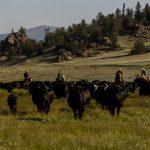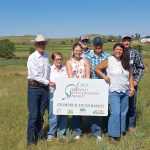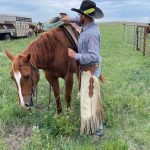Fall Cattle Journal 2025 | Eagle Rock Ranch: Letting Nature Take Its Course
When you think of ranching in the west, what do you imagine? If cowboys, mountains, and cattle come to mind, you’d be right. For the Gottenborg and Michalski families, Eagle Rock Ranch, Jefferson, Colo., there’s one more addition to that picturesque scene: lots of wildlife, including elk.
Eagle Rock Ranch has been committed to conservation and restoring the land to how it was centuries ago since Dave and Jean Gottenborg purchased the ranch in 2012. Their daughter, Erin, and her husband, Matt, and their children Adeline, David and Harper are all-in when it comes to conservation efforts.
The Gottenborgs and Erin are responsible for day-to-day operations on the ranch, while Matt helps with haying, branding, and other ranch events around his full-time job. The kids are very active on the ranch. Three summer interns are also part of the crew. The Gottenborgs also have a son who lives in Denver.
Bigger Isn’t Better
The ranch was founded in 1868 and sits at 9,000 feet elevation. A cow-calf operation and 200 plus acres of certified weed-free hay production are part of the high-altitude ranching business. The ranch encompasses 8,000 acres, including owned and leased land.
Eagle Rock Ranch runs yearlings and 100 pairs of commercial black Angus cattle for a total headcount of 300 head. For the last two years, the cattle herd has been bred to registered Hereford bulls, resulting in black baldy calves. The operation still moves cattle on horseback.
For the Gottenborgs, bigger isn’t always better. They’ve found that right-sizing their herd for the land’s capacity is a better choice.
“Although our ranch is a lot of acres, it’s dry and barren in the high mountains,” Erin said. “We’ve right sized our herd for our land and family—that’s important to us. We’ve dialed into the sweet spot.”
Longer Grass, Better Soil Health
The weed-free Timothy hay raised on a 200-acre field is helping Eagle Rock Ranch to improve its soil health. The hayfield is essentially organic but not certified. Cattle graze on hay meadows in early spring and late fall, and the family rakes the manure back into the field for natural fertilization. The hay crop has a very short growing season with the higher elevation.
“We harvest the hay in August, leaving it longer than the average person would typically leave it,” Erin said. “That longer grass encourages vole and mouse habitat, and the voles eat down weed seed, so we don’t use chemical herbicides.”
The longer grass also holds snow and thus helps retain moisture in the soil through the windy winters and it slows the movement of water across the land, increasing retention rates.
A larger vole and mouse population makes the predatory birds very happy, so species like bald eagles, golden eagles and hawks pluck the voles and mice right out of the grass. Increased hunting opportunities for coyotes help keep calves safer as well.
“It’s been fun to watch the field give us a huge bounty while watching Nature take its course,” Erin said.
Embracing Elk Migration
Many ranchers see elk as a nuisance, because they tear up fence lines and graze on grass that’s meant for the cattle herd. Eagle Rock Ranch has embraced the fact that elk migration is going to bring elk right through their land every year.
“We watched the elk migrate through our ranch every year, and they came whether we wanted them to or not,” Erin said. “We were constantly fixing fence or having elk get tangled in fences. We wanted to think of a better way to coexist with the elk.”
Eagle Rock Ranch is the very first ranch in the country to enter into an elk migration agreement, an innovative and progressive agreement in partnership with the Colorado Cattlemen’s Agricultural Land Trust and the Property & Environment Research Center.
The families are compensated for the work they’ve done to protect the elk habitat on their land by implementing a system that leaves designated pastures for increased forage for elk in the winter during migration and making fence more elk friendly.
“Dad has put a big emphasis on conservation efforts and how we interact with the biodiversity of the ranch since day one,” Erin said. “We’ve strived to return the land to how it was hundreds or thousands of years ago, as best as we could.”
Dave has a degree in geology from Colorado College, and Erin describes him as “eco-obsessed”. This obsession has driven the Gottenborgs to focus on soil health and biodiversity. In 2023, Eagle Rock Ranch partnered with Colorado State University to catalog all of the species that live on the ranch, from moss and birds to grass and mammals.
“We’re trying to preserve the legacy of the land and see if what we’re doing is helping or hurting the ecosystem,” Erin said. “Scientists have a pretty good idea of what the land should look like today compared to how it previously was. The results were encouraging.”
The scientific team found that there hadn’t been much decrease in species of mosses, lichens and other microorganisms, so ranching isn’t hurting the natural ecosystem. In fact, ranching is enhancing the natural ecosystem. The family hopes to do another cataloging in 20 years to see how things have changed or improved.
The study also makes an interesting talking point for when Eagle Rock Ranch hosts ecotours to educate consumers on where their food comes from and how ranchers are preserving the land.
“Anything we can do to curb the misconceptions is helpful,” Erin said. “People really love the science background.”
